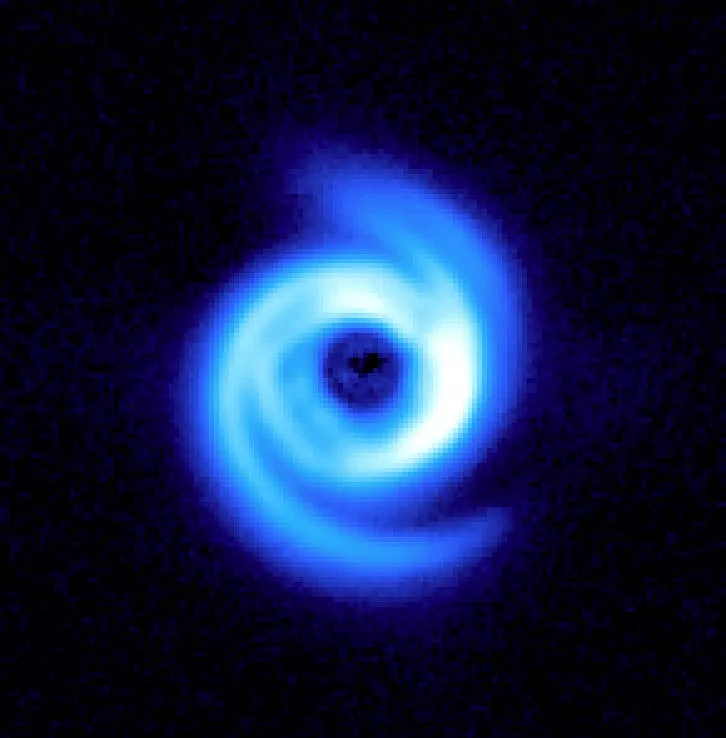A Galway-based lecturer is part of an international team of astronomers who have shed new light on a complex process of planet formation.
Dr Christian Ginski, lecturer at the University of Galway, helped capture images of more than 80 young stars and discs of dust and gas where planets are forming.
Researchers used the European Southern Observatory’s Very Large Telescope (ESO’s VLT) in Chile to capture the images.

The data has been published on Tuesday in three papers in Astronomy & Astrophysics.
The research represents one of the largest surveys ever of planet-forming discs, providing astronomers with a wealth of data, imagery and insights to help unpick the mysteries of planet formation in different regions of our galaxy.
Dr Ginski, who was a lead author of one of three new papers, said: “This is really a shift in our field of study. We’ve gone from the intense study of individual star systems to this huge overview of entire star-forming regions.
“We know there is a very diverse population of planets out there. Now we know there is a very diverse population of planetary nurseries.
“Our images help us to try and connect these two, and this will eventually tell us how different kinds of planets are forming. Once we know that we can begin to figure out how often we get something like our own solar system that has the conditions for life to emerge.”
The team studied 86 stars across three different star-forming regions of the Milky Way galaxy: Taurus and Chamaeleon I, both around 600 light years from Earth, and Orion, a gas-rich cloud about 1,300 light years away that is known to be the birthplace of several stars bigger than the Sun.
The collection of new images showcases the diversity of planet-forming discs in just three, relatively small, regions of the galaxy.
Dr Ginski described the imagery captured: “We could call these planetary nurseries – huge discs of gas and dust surrounding young stars. And in terms of the universe, these are in our backyard, as they are only 600-1,300 light years away.
“Our own Galaxy, the Milky Way, is roughly 80 times as extended. Some of these discs show huge spiral arms, presumably driven by the intricate ballet of orbiting planets.”
The observations were gathered by a large international team, with scientists from more than 10 countries.
To date, more than 5,000 planets have been discovered orbiting stars other than the Sun, often within systems markedly different from the Solar System.
To understand where and how this diversity arises, astronomers must observe the dust- and gas-rich discs that envelop young stars.
These are best found in huge gas clouds where the stars are forming.
Dr Ginski added: “We are looking at these young birth places of planets because we want to understand why we are finding so many planetary systems around distant stars that are extremely diverse in their architecture and, mostly, very different from our solar system.
“To find that answer we turn to the earliest phase of planet formation.”
The international research team was able to glean several key insights from the imagery and dataset.
In Orion they found that stars in groups of two or more were less likely to have large planet-forming discs. This is a significant result given that, unlike the Sun, most stars in the galaxy have companions.
While planet-forming discs can extend for distances hundreds of times greater than the distance between Earth and the Sun, their location several hundreds of light-years away makes them appear as tiny pinpricks in the night sky.
To observe the discs, the team employed the sophisticated Spectro-Polarimetric High-contrast Exoplanet Research instrument (Sphere) mounted on ESO’s VLT.
Sphere’s state-of-the-art extreme adaptive optics system corrects for the turbulent effects of Earth’s atmosphere, yielding crisp images of the discs.
This meant the team were able to image discs around stars with masses as low as half the mass of the Sun, which are typically too faint for most other instruments available today.
Additional data for the survey was obtained using the VLT’s X-shooter instrument, which allowed astronomers to determine how young and how massive the stars are.







